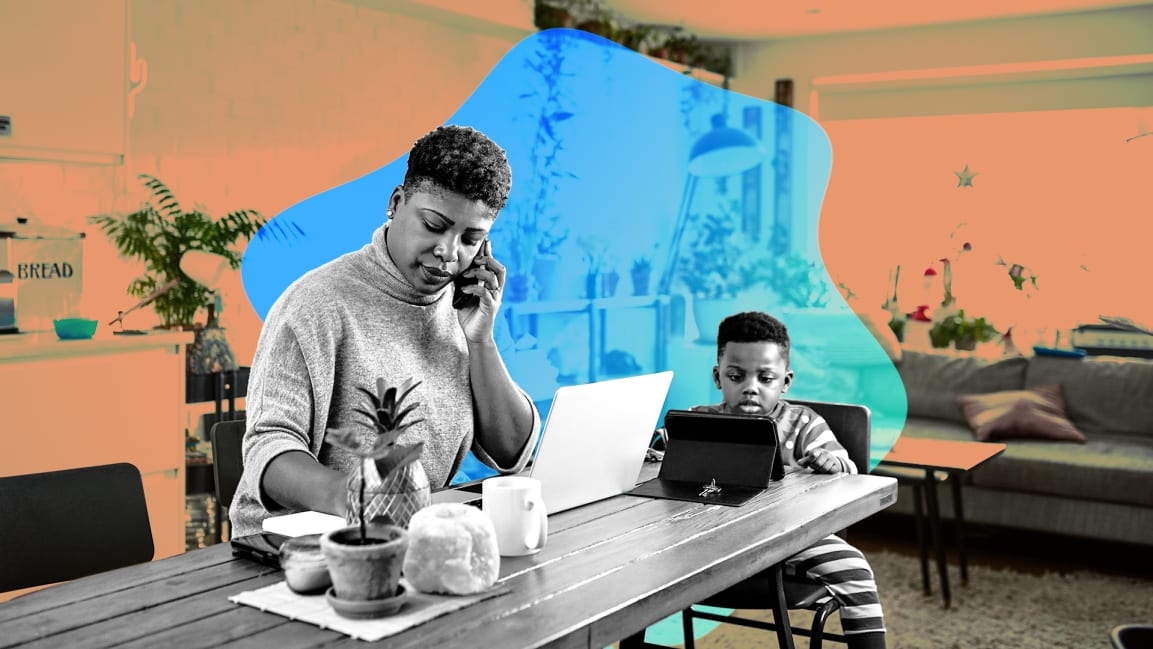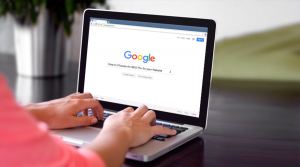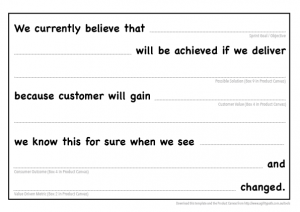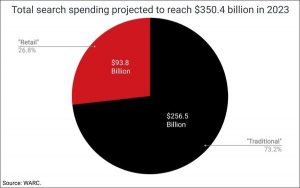
Women have been to hell and back over the past two years, leaving the workforce at historic rates as they’ve grappled with shuttered daycares, online schooling, job losses, and every other COVID-19 pandemic hardship.
Despite it all—and maybe because of it—many are ready to get back to work now. In fact, some 63% of women who left their jobs at the beginning of the pandemic want to restart their careers, according to a recent MetLife survey.
But women are embarking on their 2022 job search with very different eyes. And if you think they are going to be impressed by pre-pandemic perks such as free gym memberships or bagel Fridays, think again.
Between the pandemic, the country’s racial equity awakening, and the Great Resignation, women’s wants and needs have changed dramatically. My company, InHerSight, which lays claim to the largest database of women-rated companies, has surveyed women on a variety of topics throughout the pandemic, including how their experiences are changing what they want from their careers and ways their employers can better support them.
Based on our data, our No. 1 recommendation to companies eager to bolster the number of women in their workforce is this: Listen to women—and act on what you’re hearing.
Right now, that’s not happening enough. In our survey of more than 3,700 women, nearly half of respondents said they don’t feel heard by their employers.
If companies want to actually connect with and hire women in today’s job market, here are the three ways their talent attraction, employer branding, and HR teams can demonstrate they’re listening and make a meaningful impression on their current and future women employees.
Extend wellness benefits that reflect what a nightmare everything has been
Sure, gym memberships and wellness challenges are nice and all. But, after the past two years as rates of depression, anxiety and other mental health challenges have grown, the one wellness benefit women want most from their employers is mental health support. That’s based on a survey we completed of more than 2,000 workers.
Now with the ongoing stress of new variants (hello, Omicron), uncertain childcare access, and record burnout levels, it’s no surprise that women feel pushed to the brink—which is where creativity around wellness benefits comes into play. In unprecedented times, we need unprecedented amounts of innovation to meet changing demands.
Palo Alto Networks, for instance, has instituted a FLEXbenefits program as a result of the pandemic that provides each employee with a quarterly allowance to spend on their health and well-being, and the company’s interpretation of an “appropriate” benefit is broad indeed. Employees have purchased Peloton bikes, sleep aids, massage therapy, counseling apps, gaming consoles, and more. Some have even used the money to pay back student loans. What’s important is the mental “weight” employees carry is lessened by the benefit the employers provide, and that burden is going to be different for everyone.
If you have mental health benefits, make sure your employees and prospective employees know about them. Highlight them on your careers page and proactively share them with talent wherever you’re trying to recruit. If you don’t or if your existing benefits need a tune-up, consider therapy allowances, additional time off for mental health days, and subsidized access to meditation apps like Headspace or Calm.
Provide flexible work schedules and remote opportunities
During COVID, employees have proven time and again that they can deliver and be productive when working from home. Today’s reality is a more intense focus on the integration of work and life than we’ve ever needed before.
For many women, a flexible work schedule with opportunities to work remotely has become the new nonnegotiable. According to research we conducted last fall, flexible work hours and the ability to telecommute are two of the most important must-haves for women at work—knocking paid time off and having respectful, professional colleagues from the pre-pandemic top spots.
Recognizing and honoring this shift is especially important for working moms, who are bearing the brunt of childcare responsibilities, not to mention stress, during the pandemic, and they tell us they’re happier, more engaged, and more likely to stay at a company where they have the freedom to design their schedule.
Jill Grier, a project manager at Markforged who became a mom in 2020, told us,
“Working from home started due to the pandemic, but it was a huge relief during pregnancy and continues to be now that my son is here. The flexibility given by Markforged and my managers has been wonderful. I don’t have to worry as much about schedules or if I have to run out to the pediatrician.”
Evren Tipi Akben, director of systems and support engineering at Lowe’s Home Improvement, said she’s appreciated most that her manager has been so understanding and inclusive of her family.
“He wanted to meet my son during our virtual 1:1 meeting when my son started speaking loudly in the middle of our meeting. There have been multiple occasions that my 3-year-old daughter, my team member’s kids, or our pets have joined our team meetings. This is the new norm that all companies should embrace, work is still getting done!”
And while women are seeking remote work opportunities right now, many are open to the possibility of returning to the office post-pandemic. In a survey of 2,200 people, we found that only 18% of women would be deterred from taking a job if they had to return to the office in the future. If a return to the office is in the offing, just be clear about it in job descriptions.
Be transparent around your diversity, equity, and inclusion initiatives
The pandemic isn’t the only thing that has left a massive mark on how women evaluate job opportunities. So has the racial equity awakening from the Black Lives Matter movement in 2020. It’s time to own up to and embrace where you are on your DEI journey because it matters not just to women, but to employees of all marginalized identities.
When we surveyed more than 3,000 women, just 15% were likely to apply to or accept a job offer from a company that doesn’t have visible and measurable DEI initiatives. And, if retention is a concern of yours, only 11% say they are likely to stay at a company without them.
To build your trust and brand as a company that women want to join and dedicate their careers to, it’s time to publish your DEI data, make more strategic partnerships that underscore your commitment to diversity, and refresh your messaging and your goals. It’s also a critical time to share your diversity-focused benefits. On our platform, PwC has done this beautifully, featuring significant updates to their transgender-related healthcare benefits at the top of their company page and with the specifics job seekers need to know:
“Effective July 1, 2021 we are increasing our lifetime maximum for trans-related procedures and healthcare coverage from $25,000 to $75,000 to better help our people and their loved ones.”
Being vocal about how your company is evolving to support all employees is critical to showing talent how much you care.
With thoughtfulness, empathy, transparency, and specificity demonstrate that everybody belongs in your workforce—even the woman who stepped away from her career amid a global health crisis and is ready now to do the work to return and grow her career at your organization.
Ursula Mead is cofounder and CEO of InHerSight.
(25)





